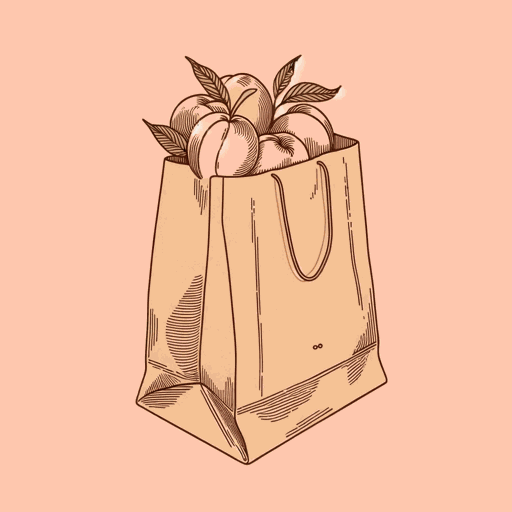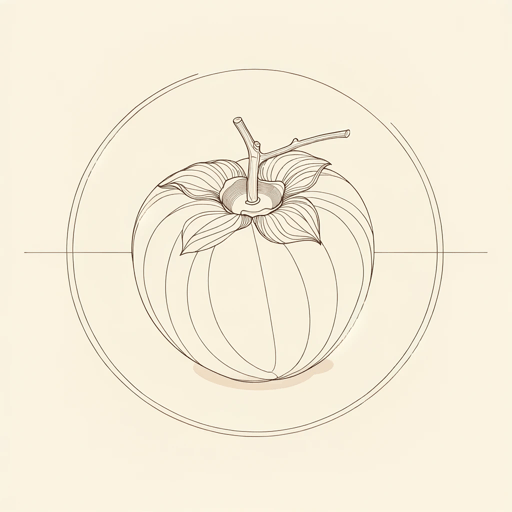18 pages • 36 minutes read
Li-Young LeeFrom Blossoms
Fiction | Poem | Adult | Published in 1986A modern alternative to SparkNotes and CliffsNotes, SuperSummary offers high-quality Study Guides with detailed chapter summaries and analysis of major themes, characters, and more.
Symbols & Motifs
Peach Blossoms
In the traditional poetry of Li Po and Tu Fu, peach blossoms often connote seasonal change. Poems such as Tu Fu’s “Alone, Looking for Blossoms Along the River” and Li Po’s “Green Mountain” place fallen peach blossoms on a flowing stream and show them blown by breezes or strewing pathways. Such natural images provide an objective counterpart to implied emotional states such as nostalgia and longing. Lee’s use of peach blossoms plays on the reader’s potential familiarity with their status as traditional images while modifying this tradition with subtle irony. Lee focuses not so much on the blossoms themselves as on the peaches they yield to his speaker in an attenuated, modern form: in a “brown paper bag” (Line 2) and as a word “Peaches” (Line 5) painted on a sign. Like the peaches on the sign, the poem offers a kind of “quotation” of the traditional Chinese image of peach blossoms to suggest some degree of estrangement or distance from this tradition.
Fruit and Dust
Lee similarly estranges the Christian symbols of fruit and dust from their background by placing them in “sweet fellowship” (Line 7) with the poem’s traditional Chinese images. In the Judeo-Christian tradition, fruit is most prominently associated with myths of the Garden of Eden and of Original Sin.
Related Titles
By Li-Young Lee
Featured Collections
American Literature
View Collection
Asian American & Pacific Islander...
View Collection
Earth Day
View Collection
Family
View Collection
Nostalgic Poems
View Collection
Poetry: Family & Home
View Collection
Poetry: Food & Drink
View Collection
Poetry: Perseverance
View Collection
School Book List Titles
View Collection
Short Poems
View Collection
Valentine's Day Reads: The Theme of Love
View Collection






